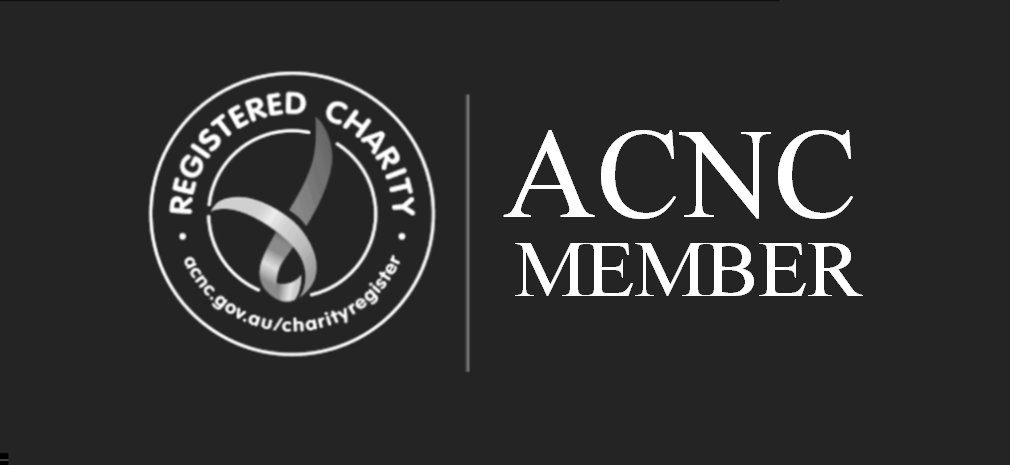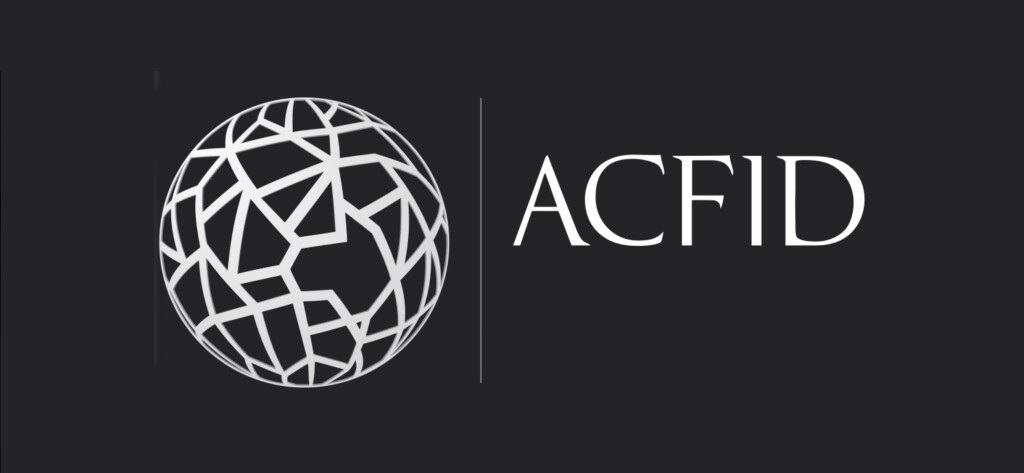.
Photography by DAISI volunteers can be harmful to the people photographed so should be regulated and used with caution. Photography of marginalized populations to further DAISI’ s mission brings with it a tremendous responsibility. Careful ethical consideration should be given to all aspects of the photography supply chain: its planning, creation, and distribution.
.
Every mobile phone is now equiped with in built cameras, making the temptation for volunteers to take a quick photo or selfie while on placement in the South-Pacific very great. This temptation needs to be tempered with a few precautions. Moreover these photos have the potential to end up on social media with potential negative consequences for those host nation people in the photo. Such “Snap-happy“ voluntourism (behaving like a tourist while volunteering) can be self-serving and demeaning to the local people DAISI is trying to help with damaging consequences to DAISI’s trust with its partners & shared projects. Therefore DAISI suggests volunteer applicants ask themselves before volunteering , “would I still volunteer if I was not able to take photos or share them on social media or let anyone back home know about my volunteer activities?” If the answer is “no” then it is likely that this person is not the right volunteer for DAISI.
POLICIES
- All DAISI volunteers must therefore be cautioned during their pre-trip induction session against the unnecessary or gratuitous taking of photos while volunteering.
- All volunteers should be advised that all photos should be taken with the consent of the people in the photograph first obtained.
- The politeness of Pacific Islanders and tendency not to refuse should not be taken advantage of realising that it is not always polite or necessary or helpful to the DAISI cause to take a photo even if consent is given.
- Taking photos of patients and children or vulnerable people without good reason and without consent is a form of abuse.
- Photos for a particular purpose taken by a local partner with dedicated to this task with proper translated consent can be preferable and more easily monitored and less likely to cause offence than random photography by multiple DAISI volunteers.
- When planning a photography campaign, DAISI members and volunteers must examine the motives for creating particular images and their potential impact. Not only must a faithful, comprehensive visual depiction of the subjects be created to avoid causing misconception, but more importantly, the subjects’ dignity must be preserved.
- When confronted with an ethical dilemma, DAISI recommends the use of a standardised Ethical Decision Making Framework (EDMF) tool.
- DAIS should avoid words and images that elicit an emotional response by their sheer shock value (e.g. starving, skeletal children covered in flies) as these are harmful because they exploit the subjects’ condition in order to generate sympathy for increasing charitable donations or support for a given cause.
- DAISI members and volunteers must not in their photography violate privacy and human rights, as this so-called ‘poverty porn’ is harmful to those it is trying to aid because it evokes the idea that the marginalized are helpless and incapable of helping themselves, thereby cultivating a culture of paternalism.
- “Poverty porn” is also detrimental because it is degrading, dishonoring and robs people of their dignity.
- While it is important to illustrate the challenges of a population, DAISI members and volunteers must always strive to tell stories in a way that honours the subjects’ circumstances, and (ideally) illustrates hope for their plight.
Legal issues
- DAISI must comply with all local laws concerning photography
- Legal issues are more clear cut when images are created or used in stable countries where legal precedent for photography use has been established.
- Image use and creation becomes far more murky and problematic in countries in which law and order is vague or even nonexistent, and additional caution should be exercised by all DAISI volunteers and members.
- Even though images created for DAISI nonprofit campaigns aren’t being created or published for typically commercial applications, it’s strongly recommended that precautions are taken around permissions. If creating images, one should obtain model releases whenever possible, especially if there is a chance that the person pictured may experience negative consequences as a result of having their photo used.
- If the subject isn’t able to read the release or sign his/her name, an interpreter should be made available to explain the intended use of the photography.
Approaches to Successful Photography Creation
6. Where a dedicated photography campaign is intended, adequate planning and an intimate understanding of the conditions on the ground are essential and DAISI advices the following of its members and volunteers:
1) Refrain from photography to document potentially delicate situations if that may negatively impact the reputation of DAISI?
2) Refrain from taking photos if your subjects aren’t willing to have their photographs taken?
3) Where language barriers are anticipated, organise a ‘fixer’ who can overcome language barriers, make introductions, explain the intention of the photography to the subjects, facilitate the signing or releases, and ultimately, help the DAISI team establish trust. Trust in a critical element in making great photography happen.
6. DAISI members should never bribe subjects to feign despair, anger, or other emotions, or seek to influence the “slant” of the photography in any way.
7. DAISI must protect the privacy of subjects in photos who have not given conseet. In such cases sometimes it works well to photograph subjects from behind so that only their activities, and not their faces, can be seen. For example, the face of the doctor who is performing an eye exam may be shown, but not the patient’s face. This not only prevents the patient from getting distracted, but also protects their privacy.
8. DAISI members and volunteers when taking photos, must be humble, considerate, and respectful, especially during private moments of grief. In this case, one should try to capture images from afar without being intrusive.
9. DAISI members should not not be an aloof stranger, but rather, should attempt to foster a relationship of mutual understanding with the subject.
10. It is important that DAISI members or volunteers engaging in photography captured images that document what you believe the real situation of subjects. Photos must be carefully and faithfully edited (there should be minimal digital manipulation and no fancy embellishments) to avoid misinterpretation.
11. Photography should not stereotype or make false generalizations. For example, a single photograph of a starving child in the South-Pacific is not representative of the situation throughout the region. Use captions to properly contextualize visual images. Careful consideration of the media used to deliver the imagery is also recommended, as this can affect its intended message dramatically.
Other DAISI policies of relevance include:



